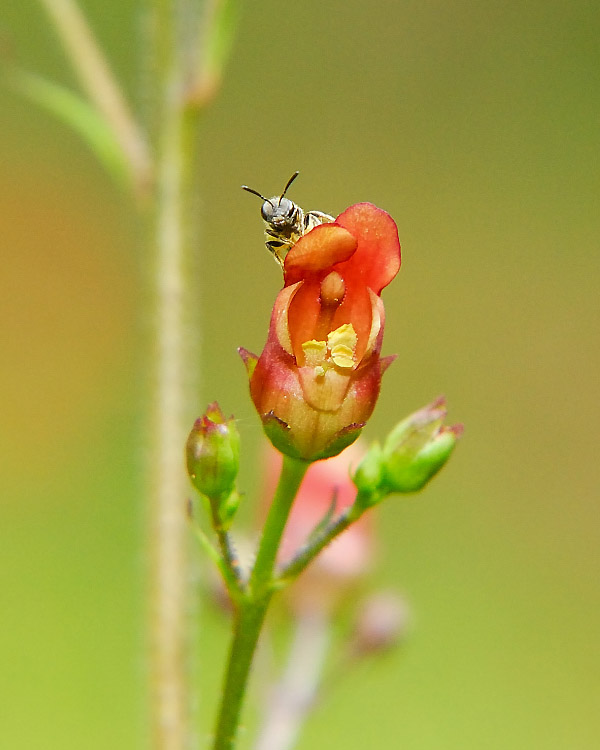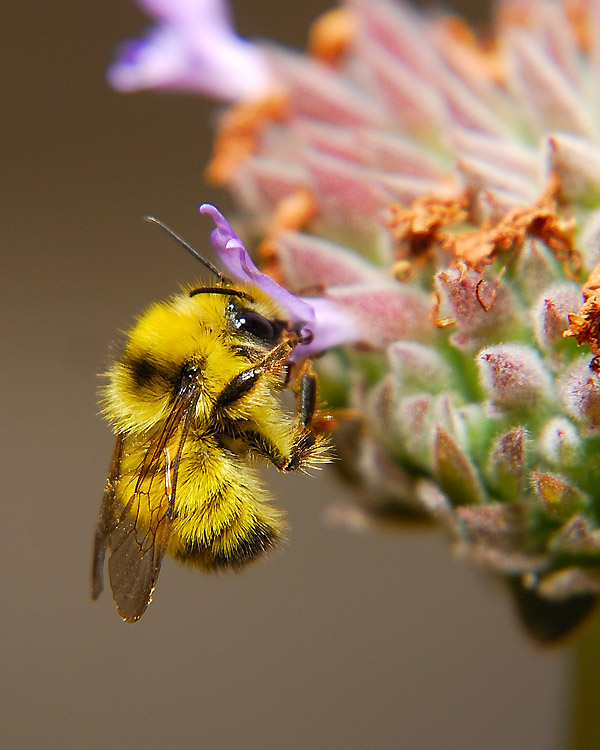Native Plants & Gardens
The Native Gardens
A number of endemic native plants to this region can be found growing at Curbstone Valley, from shrubs and trees, to diminutive wildflowers. However, a number of invasive plant species can also be found here, including French Broom, Vinca Major, Himalayan Blackberry, Bull Thistles, and various non-native grasses. Our hope is that gradually over time many of these invasive plants will be successfully removed, and replaced primarily with native plants sourced from local specialty nurseries, or propagated from native species already growing here. This in turn we hope will help to sustain the numerous insect and animal species that depend on the local native flora for their survival.

Of the native plant species endemic to the farm, Ceanothus species abound. Ceanothus incanus, C. cuneatus, C. integerrimus, C. papillosus, C. thyrsiflorus and C. oliganthus dominate. Both Eriodictyon californicum (Yerba santa), and Satureja douglasii (Yerba buena) are common, growing beneath the canopy of the Madrones and Ceanothus on the hillsides.
The only iris observed on the farm, Fernald’s Iris (Iris fernaldii), can be found growing in clusters beneath the redwoods in the spring, along with native campanula and calochortus species.
Redwood sorrell is also abundant in the spring, forming a delicate green carpet in some of the more shaded areas, alongside our Western wild ginger (Asarum caudatum).
As the farm backs onto State Park land, we feel it is especially important for us to be diligent in removing pervasive invasive species. The two most significant offenders here are Vinca major, and French broom, both of which are very common in this region, and almost impossible to eradicate. Vinca spreads via tenacious underground runners, and broom produces seed that can remain viable in soils for at least 50 years. As broom also fixes nitrogen in the soil, in large stands it can leave the soils inhospitable to some more favorable native species. Fortunately, we only have a few problem areas to work on. Clearing small areas at a time, our granitic free draining soils make encouraging the regrowth of established natives, and newly planted specimens, relatively easy.
Over the last 30 years in this part of the Santa Cruz Mountains, we’ve noted a significant change in weather patterns. Significantly less cooling summer fog along the coast, longer, warmer, and drier summer months, and unpredictable winter rainfall accumulations. All of these can make gardening challenging. However, our California native plants are adapted to extended dry weather periods, and episodic deluges of rain. As the farm depends on a freshwater spring system for humans, and animals alike, focusing primarily on native plants is the most sensible water-wise choice.
One of the principle rewards of encouraging native plants to grow on the farm, is they are host to a number of native insect, birds, and mammal species that depend on them. From our enormous tanbark oak trees, that provide winter stores for Acorn Woodpeckers, to the tiniest of native wildflowers spotted in late spring, Scrophularia californica, where even tinier native Agapostemon and Certaina sp. bees can often be seen foraging.


“So extravagant is Nature with her choicest treasures, spending plant beauty as she spends sunshine, pouring it forth into land and sea, garden and desert. And so the beauty of lilies falls on angels and men, bears and squirrels, wolves and sheep, birds and bees…” – John Muir
